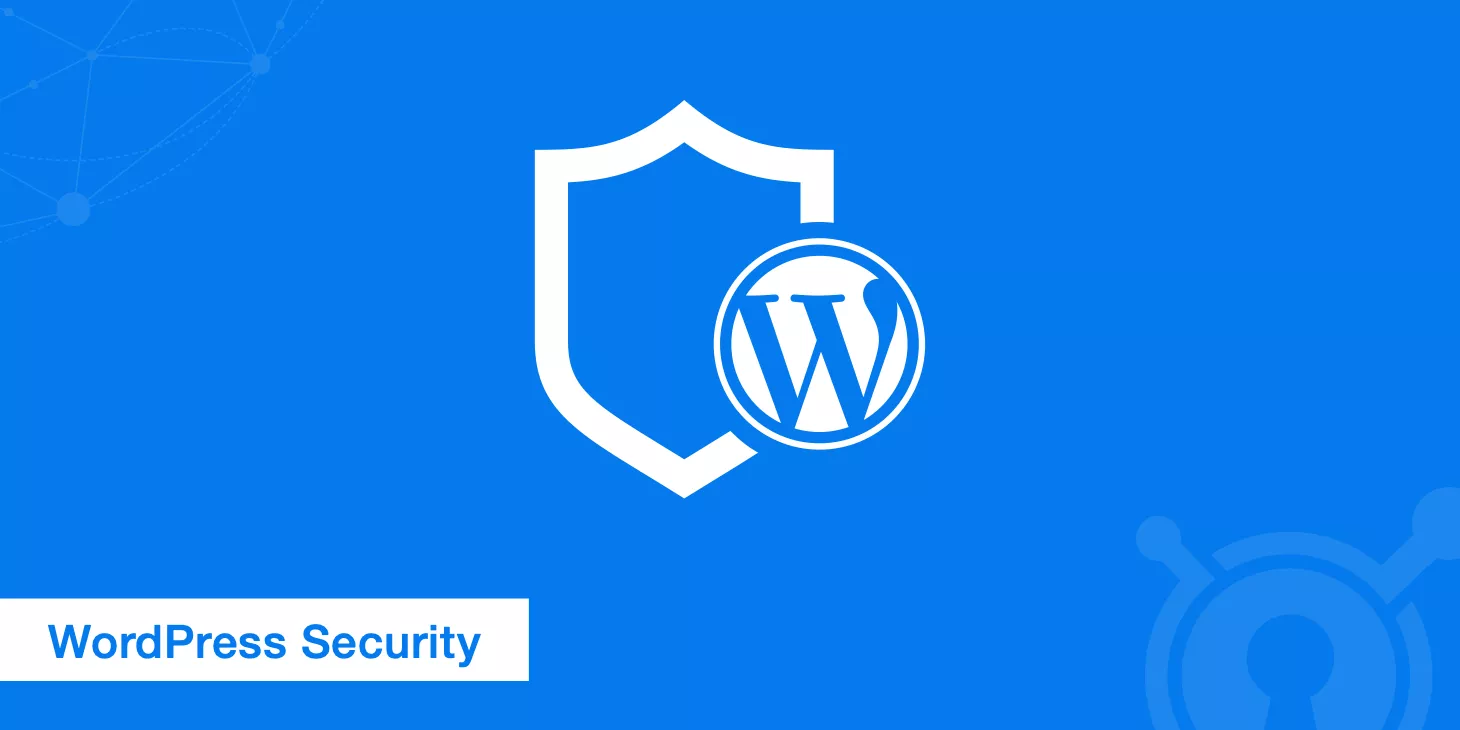Have you ever run into this situation? A keyword tool shows your site on Google’s first page, but when you search it yourself, you’re flipping through three pages and still can’t find it?
Or maybe the tool says your ranking dropped, but your traffic actually went up?
This disconnect between “tool data” and “real search” drives marketers crazy—if you’re spending big bucks on tools, can you even trust them?
This article peels back the “shiny wrapping” of tool data and shows you how to verify your real rankings at minimal cost.

Table of Contens
ToggleWhy keyword tools aren’t accurate
Ever had a tool show your page ranking #5 for “Beijing renovation company,” but when you search on your phone, you can’t find it even on page 10?
A bubble tea shop owner checks and sees their site is #1 for “Haiding District bubble tea shop recommendation,” but customers say they can’t find it at all… Is the tool faking it?
① Tools use a “robot’s perspective,” not a real user’s
Tools use servers to bulk search keywords (like using a U.S. IP to search “Shanghai rental”), but Google knows it’s a bot and shows different rankings. It’s like going to a restaurant—locals and tourists often get different menu suggestions.
② You’re searching from Chaoyang, but the tool is “checking IDs” in Tongzhou
Especially for keywords with location (like “Chaoyang housekeeping”), Google tailors results based on IPs within a 3km range. But the tool might be stuck using a data center IP in Zhongguancun, so you’re not seeing the same local results.
③ Your account history gives you away
If you searched “down jacket” on Taobao, then look up “down jacket recommendations” on Google, the platform personalizes based on your shopping habits. But tools use clean, incognito accounts—so their rankings will naturally be different from yours.
④ Free tools may serve up “three-day-old leftovers”
To cut costs, most free tools update slowly (some only refresh once a week). But real rankings change by the hour—by the time you see the tool data, the actual rankings might have changed multiple times.
⑤ Tools check “desktop mode,” but you’re searching on mobile
Google has different ranking rules for desktop and mobile. For example, “wedding photography” may show brand sites in the top 3 on PC, but local shops dominate the top 5 on mobile. So if the tool checks PC data, it’s not what mobile users are seeing.
DIY methods to check real rankings
① Three-step “physical interference” method
- Mobile data + airplane mode reset: Don’t use company WiFi! Turn on airplane mode for 10 seconds, then switch to 4G/5G—this refreshes your IP. (One wedding company in Beijing found 20 hidden rankings using this method.)
- Incognito browser + alt account login: Open Chrome in incognito, or register a new Google account (don’t link your phone number) to avoid your search history messing with the results.
- Turn off GPS + manually set your location: Before searching “Chaoyang gym,” turn off location services and manually select “Chaoyang” in Google Maps—otherwise, Google may show results based on where you really are.
② Cross-check on different devices
- Ask friends in other cities to help: Send a little red envelope in the family group chat—ask your cousin in Shanghai to search “Hangzhou West Lake B&B,” or your brother in Guangzhou to check “Shenzhen Futian lawyer.” (Ranking differences of 5–10 spots are common.)
- Old phones still have value: Use your parents’ old phones (that never logged into your account) to search—results are closer to what new users see.
③ Reverse-check using data platforms
- Check click-through rates in Google Search Console: If a keyword gets 20 clicks a day but tools say you rank #30, you’re probably ranking better than that. (One education site found 8 missed keywords this way.)
- Spy on competitors: Use Ahrefs to check if a competitor’s page suddenly gets more traffic for “Beijing maternity center”—they likely broke into the top 3.
④ Time-based comparison method
- Search 3 times a day: For food-related terms (like “Guomao grilled fish”), Google may boost local businesses during meal times. Searches outside those hours might show SEO-optimized sites instead.
- Compare Friday vs Monday: Travel-related keywords (like “Sanya diving”) often fluctuate on weekends due to ad slots crowding out natural results.
▌Pitfall warnings:
- Don’t search the same keyword repeatedly on the same phone (Google might think you’re manipulating the rankings)
- Clear browser cache right after searching
- When checking local keywords, don’t do it from the target city (e.g., ask a friend in Foshan to check “Guangzhou rentals” instead of checking it yourself in Guangzhou)
When data doesn’t match, use these 3 tricks to judge
Tool says your site dropped out of the top 20, but traffic’s up 30%. Boss finds you in the top 5 on mobile, but your tool still shows #15… When data conflicts, who should you believe?
First tip: Traffic trends matter more than rankings
- Tool data lag: A tool says “Shanghai wedding photography” dropped from #3 to #8, but your site’s traffic for that keyword rose for 3 straight days—it probably already rebounded and the tool hasn’t caught up.
- Key insight: Only keywords that bring actual clicks matter (even if the tool says you’re #20). High rankings with zero traffic are a trap.
- Pro tip: Compare tool data dates with your Google Analytics data—if traffic’s rising, trust your own backend first.
Trick #2: Check Real Click Positions
- The “Average Ranking” Trap in Google Search Console: When it says rank 8, it might actually be averaging between position 8 and 15.
- Click Distribution Analysis: If 80% of the clicks for a keyword come from page 1, your real ranking is likely in the top 10—even if the tool says you’re at position 12.
- Local Tool Tips: In Google GSC, check the actual click position of “Top Queries.”
Trick #3: Cross-Check with Multiple Tools + Manual Validation
- Cross-reference Data: Use tools like Semrush, Ahrefs, and Moz to check the same keyword. If two show it’s climbing and one says it’s dropping, trust the upward trend.
- Manual Search to Bypass Tool Errors: When searching a target keyword, press Ctrl+F on the results page to find your domain. If it shows up within the first 3 screens (no need to flip pages), you’re likely ranking in the top 30.
- Real Case: A parenting blogger saw their keyword “baby food” ranked 25 according to a tool. But after using Semrush to track competitors’ traffic drop and doing a manual search, they found their own page was actually #9—the tool misread a mobile optimization issue.
▌Pitfall Guide:
- Keywords with strong regional intent (like “Wangjing apartment rental”) must be tested manually with different IPs.
- Ranking fluctuations around holidays are normal (e.g. e-commerce promotions push down organic results).
- Prioritize keywords with traffic discrepancies—if a keyword ranks #5 but has zero clicks, a competitor might be “hijacking” your traffic.
What Long-Term SEOs Actually Care About
Beginners stress over “why did my keyword drop again,” while pros just smile at their backend data—because the real pros already know what really matters.
The teams making millions a year from SEO aren’t sweating over a single keyword. They’re tracking “golden indicators” hidden in the details.
① Traffic Quality > Keyword Quantity
- Bounce Rate Tells the Truth: One tool says “Beijing office renovation” ranks #3, but 90% of users bounce in 3 seconds. That’s junk traffic—bad match or poor page UX.
- Conversion Rate is King: A case from an education company—one keyword dropped from #5 to #8, but demo bookings doubled. More qualified users came in (no tool will tell you that).
- Pro Tip: Use Google Analytics to set up “Goal Events” and track real user actions like form submissions or product adds-to-cart from specific keywords.
② Site-Wide Keyword “Health Score”
- Don’t Be a “One-Trick Pony”: A trendy restaurant obsessed over ranking #1 for “Sanlitun Western food,” but users searching “Chaoyang birthday dinner spot” or “Guomao date restaurant” couldn’t find them—spreading out over 500 related keywords is much safer than betting on one.
- Look at the Trend, Not a Single Point: Export your site’s top 1,000 keywords in Ahrefs. If 70% are trending upward, don’t worry if 3 in the top 10 dip a bit.
- Hidden Gem Hunting: Every week, look at keywords ranking 11–20 and prioritize the ones with conversion potential. One e-commerce brand discovered “boys’ sun-protection clothing” had 3x the conversion rate of just “kids’ sun-protection clothing.”
③ “Survivability” in the Search Results Page
- Ad Slot Takeover Alert: For keywords like “divorce lawyer,” the top 5 spots may all be ads. A natural ranking at #6 might get fewer impressions than the first organic result after the ads.
- Special Features Steal Clicks: Your page ranks #2, but #1 has a “Q&A snippet” or “video carousel,” and they’re getting 5x your clicks. One beauty blogger lost 70% of their traffic this way.
- Survival Tactic: Use SERP Checker tools to monitor ad slots, knowledge panels, and other SERP elements for your target keywords.
④ Multi-Channel Strategy for Risk Resistance
- Hard Lesson: A travel blog obsessed over being #1 for “Tibet travel guide,” but when Google Ads flooded the page, their organic traffic tanked overnight.
- Pro Backups: Do Zhihu Q&A (for snippet traffic), short-form videos on Douyin (for recommendations), even Google Maps listings (for local traffic). That way, even if keywords tank, you still have traffic coming from other channels.
▌Core Mindset:
- The 80/20 Rule of Traffic: 20% of your keywords bring 80% of your conversions. Finding those matters way more than chasing ranks.
- SEO ≠ Just Rankings: User behavior, platform rules, and content formats all change. Focusing only on rankings is like using a horse cart to measure a high-speed train’s speed (quote from a tool founder).
After obsessing over keyword rankings for ages, you might finally realize: true SEO pros stopped fighting with tool data long ago.
People don’t buy because you’re ranked higher on Baidu.
They care about one thing—
“Did you solve my problem?”





